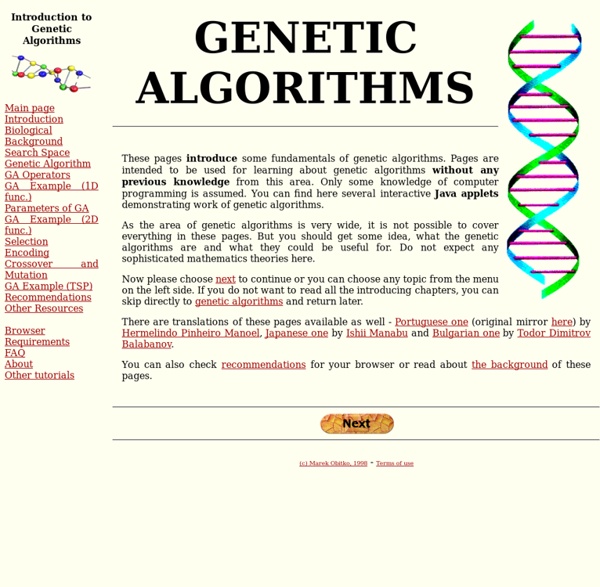



Langton's loops Langton's Loop, in the starting configuration. Langton's loops are a particular "species" of artificial life in a cellular automaton created in 1984 by Christopher Langton. They consist of a loop of cells containing genetic information, which flows continuously around the loop and out along an "arm" (or pseudopod), which will become the daughter loop. History[edit] In 1952 John von Neumann created the first cellular automaton (CA) with the goal of creating a self-replicating machine.[1] This automaton was necessarily very complex due to its computation- and construction-universality. Specification[edit] Langton's Loops run in a CA that has 8 states, and uses the von Neumann neighborhood with rotational symmetry. As with Codd's CA, Langton's Loops consist of sheathed wires. A colony of loops. Colonies[edit] Because of a particular property of the loops' "pseudopodia", they are unable to reproduce into the space occupied by another loop. , where A is the total area of the space in cells.
BugFest - Homepage BUG-FEST Artificial Life Experiment (primary coding: Jan 5 '98 to Jan 9 '98) Welcome to Bug Fest!! Latest version: BUGFEST 1, v1.13 (bug1v113.zip) [97k] [System Requirements] Eureka! I have found it! I've been quite pleased with this experiment, even though it did not balance itself the way I would have hoped at first (therefore requiring a few "cheats", which are now optional "failsafes"). Anyway, on with the screenshots... The following sequence of 4 images shows a very interesting situation. The information below is the same information that you will find in the documentation for the program, as of version 1.01. BugFest runs in DOS (though it is somewhat windows-friendly, meaning running under windows will not fry the system). Welcome to the Bug-Fest! My goal was to make a self-sustaining system that would also be interesting to watch. In this simulation there are a variety of bugs (when I refer to "bugs" here, I mean "critters" not "program flaws"). Now, a few specifics... The stats:
Neuro Evolving Robotic Operatives Neuro-Evolving Robotic Operatives, or NERO for short, is a unique computer game that lets you play with adapting intelligent agents hands-on. Evolve your own robot army by tuning their artificial brains for challenging tasks, then pit them against your friends' teams in online competitions! New features in NERO 2.0 include an interactive game mode called territory capture, as well as a new user interface and more extensive training tools. NERO is a result of an academic research project in artificial intelligence, based on the rtNEAT algorithm. It is also a platform for future research on intelligent agent technology. Currently, we are developing an open source successor to NERO , OpenNERO , a game platform for AI research and education.
Robots evolve to exploit inadvertent cues Human interaction heavily depends on inadvertent cues: A competitor's sweaty handshake before a negotiation, a girl blushing when introducing herself, or the trace of a smile crossing the face of a poker player all convey important information. Sara Mitri and colleagues at the Laboratory of Intelligent Systems (disclaimer: my former lab) at the EPFL in Switzerland have now shown that it is not just humans who can develop, detect and use inadvertent cues to their advantage (PNAS: "Evolution of Information Suppression in Communicating Robots with Conflicting Interests"). The researchers set up a group of S-bots equipped with omnidirectional cameras and light-emitting rings around their body in a bio-inspired foraging task (see picture above). Like many animals, the robots used visual cues to forage for two food sources in the arena. Rather than pre-programming the robots' control rules, the researchers used artificial evolution to develop the robots' control systems. Thanks Sara!